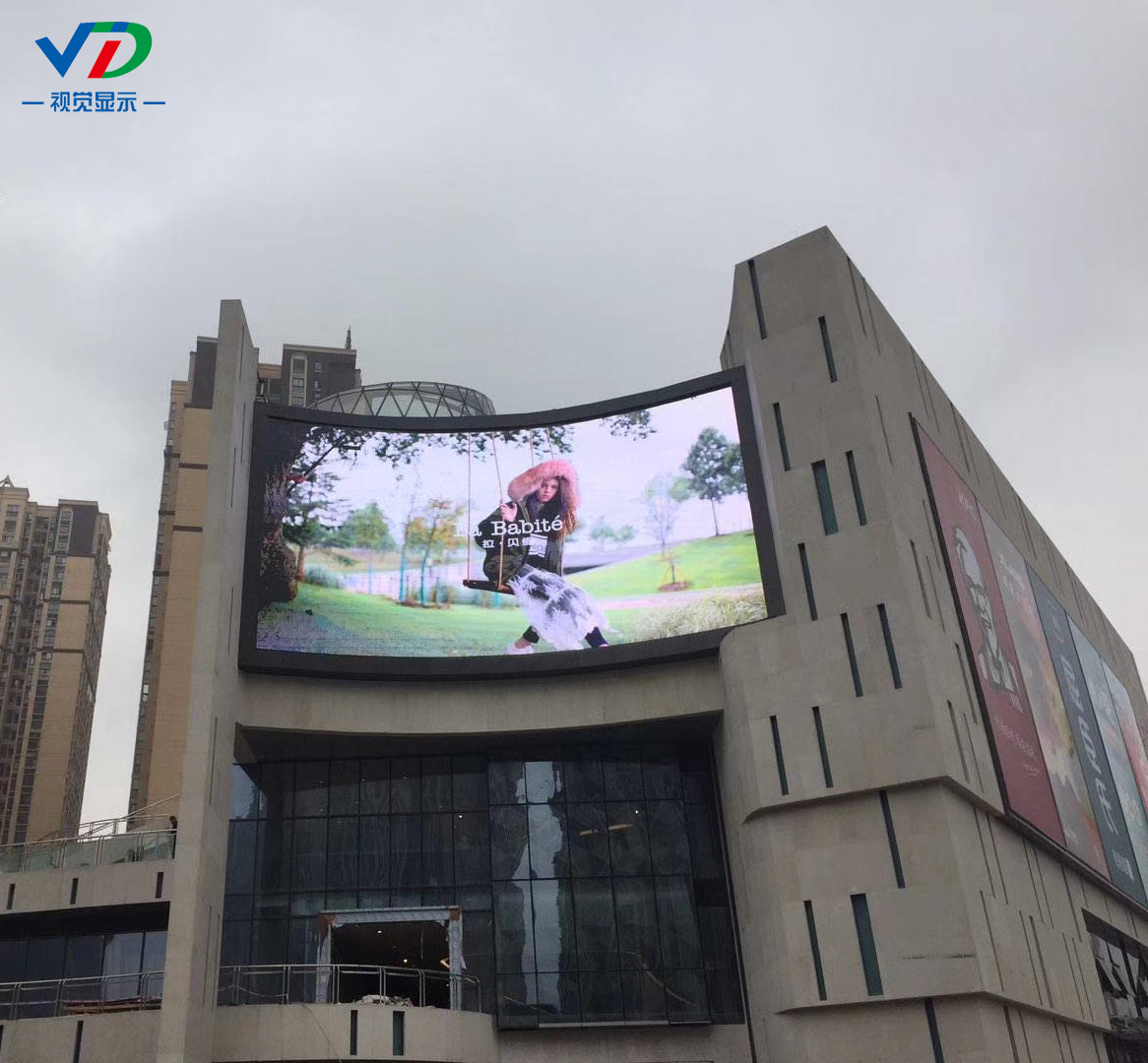Introduction
Wearable Computer (WearComp) is a new concept, ultra-miniature, wearable personal mobile computing system that can be "dressed" on the body, enabling natural, convenient and direct human-machine interaction. Interaction allows us to carry computing systems and obtain computing functions in a more natural way, ultimately achieving "best combination and collaboration" between human and machine.
Wearable computers are emerging with the ever-increasing miniaturization of electronic devices, enhanced performance, and the increasing maturity and wide application of wireless mobile network technologies. They are also deeply researching and understanding of “computationâ€, pursuing “computation-oriented, human-machine integrationâ€. "The product of this idea.
Wearable computers, in terms of architecture, function, form, use, mode of operation, and design and development methods, will be different from today's popular mobile computing devices (such as laptops, PDAs, etc.) and have many irreplaceable functions. It will trigger new demands and open up new application areas for a wide range of uses.
The emergence of wearable computers has led to a new and unique computing model, Wearable CompuTIng (also abbreviated as WearComp), which differs in terms of computing concepts, human-machine relationships, interactions, functions and uses. In the traditional fixed and mobile computing modes, this computing mode emphasizes the computational functions provided in the form of natural wear, weakens the concept of the machine, the computing system does not appear in the form of a machine, the machine will eventually disappear from our line of sight, the computing system It is embedded in clothing, bags, purses, belts, watches, jewelry or other decorative items, and all we experience is “serviceâ€. In this new computing model, weakening with "traditional computing" as the main task, but highlighting the purpose of enhancing human ability and assisting people, will enable us to generate "computational dependence", so that we need to calculate just like the need for clothing. .
The ideas and prototypes of wearable computing began as early as the 1960s. The inventor of the current formable wearable computer (shoulder bag and vest type) should be Dr. Steve Mann, currently at the University of Toronto, Canada. He started researching wearable computers as early as the early 1980s. He continued while studying for Ph.D. at MIT. His invention, together with other researchers, formed the direction of wearable computing research and became one of the mainstreams in the field of wearable computing research. Another driving force for wearable computing comes from the US military. There are two main plans. One is the US Army's Land Warrior program in the mid-1990s, which aims to develop a digitalization based on wearable computers. The combat individual system; the second is the Smart Modular of the US DARPA in the mid-1990s.
The two conferences held in the United States in 1996 attracted widespread attention from academia and industry to wearable computing. One meeting was held in July 1996, and the DARPA sponsored by the US Department of Defense hosted the first WearComp Symposium, entitled “2005 Wearable Computing,†which brought together industry, university, and military experts to discuss future wearable computers. potential. Another meeting was held in August 1996 at the second WearComp seminar hosted by Boeing in Seattle. Researchers and managers from industry, academia and independent laboratories attended the meeting, which formed hardware, software and networks. Five special reports on human factors and applications. These two conferences set off the first wave of wearable computing research, igniting the fire for the upcoming era of wearable computing. It is worth noting that the first two sessions were initiated by the military and industry, not the academic one. This explains from a perspective that the demand for wearable computers in the application field is direct and urgent.
Since then, international wearable computing has gradually become the frontier and hot research field of computing technology. Many famous universities and research institutions in developed countries have set up special research centers and laboratories to compete in related research, such as the United States, Canada, In Australia, Japan, the United Kingdom, Germany, Switzerland, etc., the competitive situation has taken shape. China also intervened in this field of research in the mid to late 20th century.
In 1997, the first international conference on wearable computing of ISWC (InternaTIonalSymposium on Wearable Computers) was hosted by IEEE, and the conference was held once a year, and the scale and level were continuously improved. IEEE specifically established the TCWIS (TechnicalCommittee on Wearable InformaTIon Systems). In 2000, the IEEE Pervasive CompuTIng Journal published a special issue of wearable computing. Dr. Steve Mann of the University of Toronto has published two books on wearable computing, one is "Cyborg: Digital Destiny and Human Possibility in the Age of the Wearable Computer" and the other is "Intelligent Image Processing." Woodrow Bar-field of Virginia Tech and Thomas Caudell of the University of New Mexico compile the book Fundamentals of Wearable Computer and Augmented Reality. At present, there are more than one hundred papers on wearable computing. Many universities have introduced wearable computer prototypes and systems for various purposes, and at least dozens of related invention patents.
The computer industry has been following the emerging field of wearable computing in the mid-to-late 1990s. Wearable computing machines and accessories have been put on the market. Currently, the United States and Japan have introduced practical wearable computers and special devices (such as core modules, one-handed keyboards, head-mounted displays, etc. As a new generation of computers, Wearing a computer will form a new industry with huge market potential and its social and economic benefits are immeasurable.
In terms of applications, the United States has adopted wearable computers as the core of digital soldier systems. Wearable computers have also been put into practical use in the fields of telecommunications, warehousing, express delivery, etc. In many other applications, wearable computers have entered the trial stage, such as aerospace, tourism, food processing, medical, fire, machine maintenance and installation. , as well as field exploration and so on.
Wearable computing is a promising next-generation computing model that presents new topics and challenges for computer science and technology, and will form new computing concepts, theories, and technologies. The emergence of wearable computers has prompted us to look at computers from a new perspective, such as what is the relationship between people and computers, how to use and use computers, what role and status of future computers is. This will make people's perception of computers change in concept.
As a new computing model, wearable computing, as a new computing platform, will also inject new vitality into system simulation, which will likely form new simulation concepts, patterns, principles, technologies and simulation systems. And promote new applications. We refer to this wearable computing-based simulation as "Wearable Simulation", abbreviated as WS. Wearable
Wearing a band simulation extends DIS (Distributed Interactive Simulation) to a mobile state and distributes it to individuals. It is a distributed simulation that can be moved with individuals. It is a new simulation framework with new simulation functions and application modes. It will become one of the new development directions in the field of simulation.
Currently, the outdoor media are mainly composed of text spraying and LED outdoor Advertising Screen. The outdoor advertising screen is also the most popular way of media, but it is regulated by the government, so the area and location must be approved. After the approval, the steel structure and screen body shall be customized according to the site conditions. So the main cost ways of Outdoor Led Display are: Led Display, steel structure, surrounding products and product electricity. Outdoor LED display as a commercial, investment and advertising is the main source of income. Of course, with the popularity of LED outdoor screens, more and more are used for lighting, store layout, and become a bright landscape in a modern metropolis.

LED outdoor advertising screen features:
1. Strong visual impact, dynamic picture and sound, all-round let the audience feel, effectively transmit advertising information to guide consumption. In the face of overwhelming advertising, memory limitations and unlimited information dissemination, the use of LED display has become a scarce resource.
2. According to the shape of the wall, it can be straight or curved. Shape diversity creates more personalization and strong visual impact.
3. The credibility of the audience is high. Compared with the rejection and distrust of the advertising flyers artificially distributed on the street, the application of LED display makes the audience more active and passive. It can avoid the help barriers caused by the conscious active avoidance of the advertising audience, and greatly improve the credibility and promotion of the Led Screen advertising content.
4. Accurate advertising, the original extensive advertising effect is not good, resulting in waste, so it is more product content to meet the needs of the masses, hot news, hot TV and movies can be used for reference, to control the market heat and laws freely.

Product structure: outdoor LED display mainly consists of screen body, control system, heat dissipation system and structure. The control mode includes remote control and field control, timing switch, etc.

Outdoor Led Screen,Outdoor Fixed Led Display,Outdoor Fixed Led Display Screen,Outdoor Fixed Led Wall
Shenzhen Vision Display Technology Co,.LTD , https://www.ledvdi.com